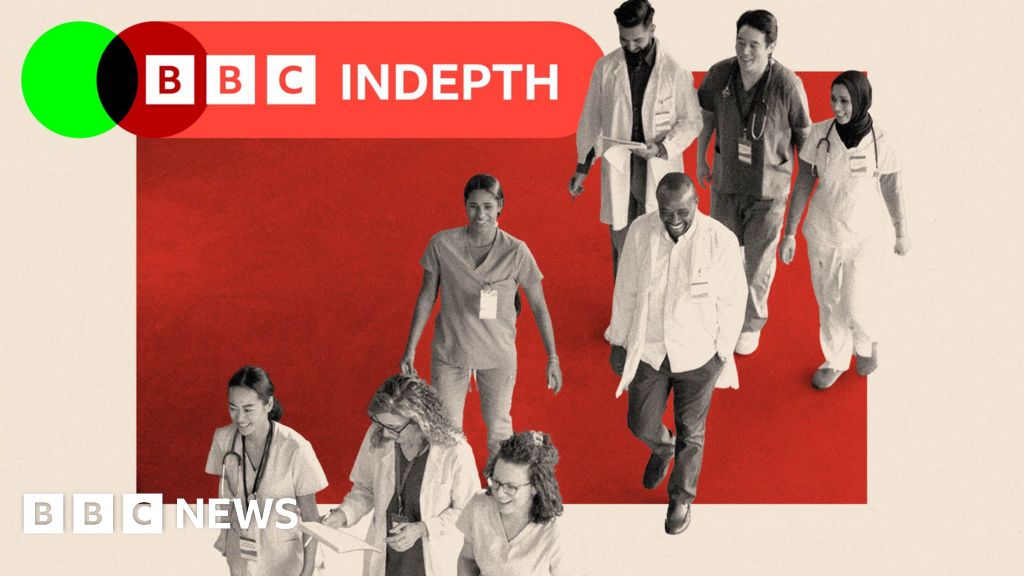A new study by St. Michael's Hospital researchers shows that middle-aged men are the demographic most at risk for sudden cardiac arrest while playing sports, and there are ways to improve outcomes for people who experience a sudden cardiac arrest in public. The study by scientists at St.
Michael's Hospital (Unity Health Toronto), published in the Canadian Journal of Cardiology , examines which sports had the highest risk of sudden cardiac arrest across five Canadian provinces between 2016 and 2020. Drs. Paul Dorian, scientist and sports cardiologist, and Katherine Allan, adjunct scientist in cardiology, found that while these events are very rare, cardiac arrests occurred during more than 50 sports, with hockey, running, cycling, ball sports and gym workouts showing the highest rates.

Men were 16 times more likely to experience a sports-related cardiac arrest than women, with middle-aged men playing recreational sports most affected. Almost 94% of the affected individuals were male, with an average age of 58. Dorian and Allan's study also highlighted some promising findings about the survivability of these uncommon events and offered lessons about how we can improve outcomes for people who experience a sudden cardiac arrest in public.
The rate of survival in sports-related cardiac arrest is high at about 52%, while the general survival rate of sudden cardiac arrest outside a hospital is significantly lower at around 10%, the study showed. Dorian and Allan attribute this to a few factors, the first being that sudden cardiac arrest in sports is likely to be witnessed by bystanders, who can provide cardiopulmonary resuscitation (CPR), which happened in over 70% of cases examined in the study. Almost two-thirds of these events happened in recreational facilities equipped with automated external defibrillators (AEDs).
There have been several recent highly publicized cases of sudden cardiac arrest in young professional athletes, including NBA basketball player Bronny James, football player Damar Hamlin, and soccer player Christian Eriksen. All of these athletes received immediate treatment, survived, and eventually returned to playing their sports. Canada currently has no national mandate requiring public facilities like schools, gyms and sports facilities to have AEDs, although some provinces do have their own legislation.
In Ontario, Bill 141, the Defibrillator Registration and Public Access Act, mandates certain requirements for the installation, maintenance, testing and availability of defibrillators on designated or public premises. The Act also requires defibrillators to be registered with the registrar to help facilitate their usage. Dorian and Allan are both advocates for public education about sudden cardiac arrest and ensuring that AEDs are accessible in public spaces.
"People should be aware that sudden cardiac arrest can happen to anyone at anytime," says Allan. "It's important to know what to do if or when it happens. Anyone can save a life, you just have to be willing to try.
" Dorian also stresses that using an AED won't cause further harm to the person experiencing cardiac arrest. "In cases where a bystander is unsure, they should get the AED and apply it," said Dorian. "The AED will direct them and do the right thing.
" Dorian and Allan agree that people shouldn't be afraid of participating in sports. The risk of experiencing a sports-related cardiac arrest is low, but athletes—even those playing recreational sports—should check in with their doctor about any concerns they may have. More information: Mika'il Visanji et al, Sports-Related Sudden Cardiac Arrest in Canada: Incidence and Survival, Canadian Journal of Cardiology (2025).
DOI: 10.1016/j.cjca.
2024.11.017.
Health

Middle-aged men most at risk for cardiac arrest in sports, study shows; public awareness can improve their outcomes

A new study by St. Michael's Hospital researchers shows that middle-aged men are the demographic most at risk for sudden cardiac arrest while playing sports, and there are ways to improve outcomes for people who experience a sudden cardiac arrest in public.















